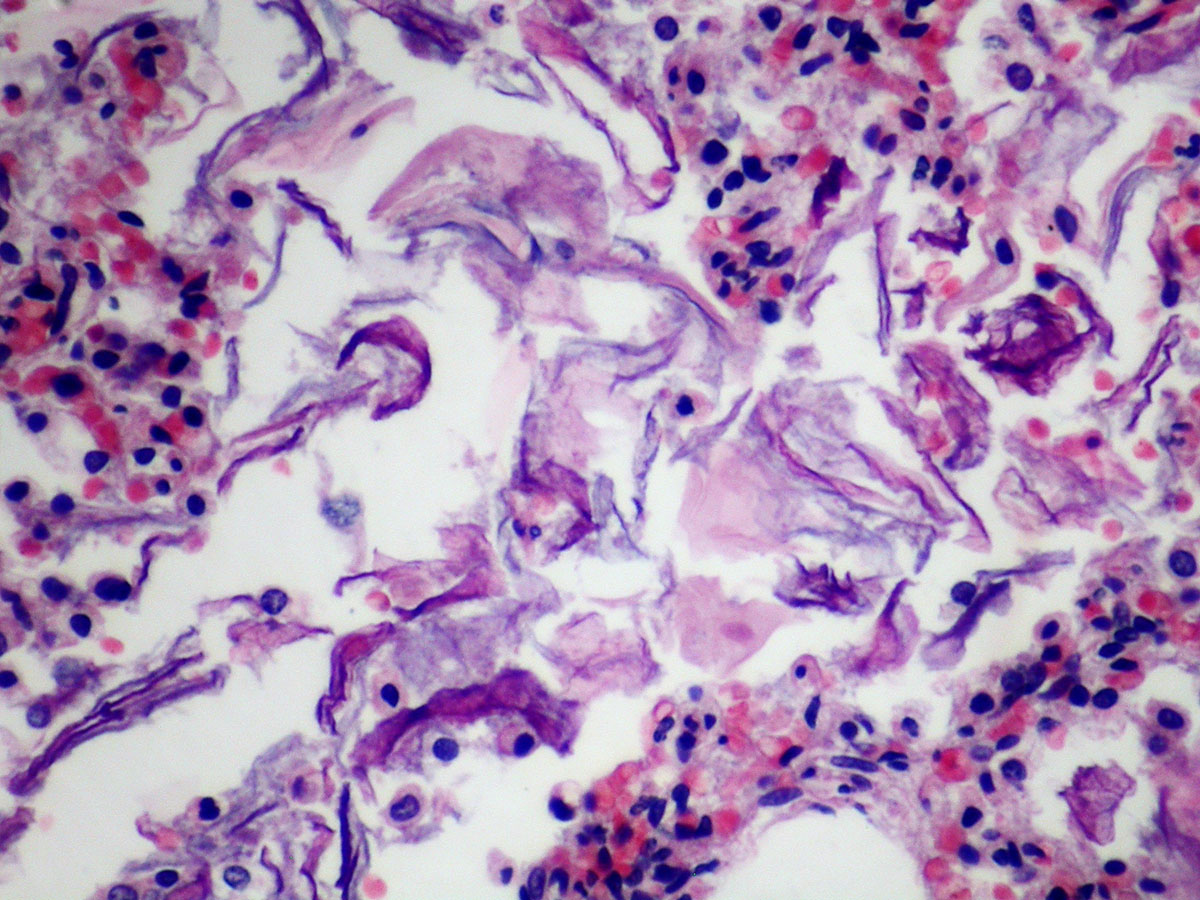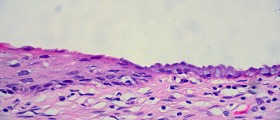
Amniotic Fluid Overview
During pregnancy, clear watery fluid called the amniotic fluid forms inside the womb. The amniotic fluid is contained in the amniotic sac and surrounds the fetus. It allows undisturbed fetal movement. At the same time, the amniotic fluid helps to cushion the fetus and protect it from outside injuries. The amniotic fluid is also important for proper fetal development and nourishment as well as for maintaining constant temperature inside the uterus.
The amniotic fluid begins to form inside the amniotic sac about 2 weeks after fertilization. Initially, it is mainly water but after 10 weeks the amniotic fluid is composed of proteins, carbohydrates, electrolytes, lipids, phospholipids and urea. These components are important nutrients for fetal growth. Several weeks later, the fluid also contains fetal urine. In recent researches it has been found that the amniotic fluid includes non-embryonic stem cells too.
The amniotic fluid increases as the fetus grows and it reaches peak at about 34 weeks of gestation. At that time, the amount of the fluid is an average 800ml.
Leaking Amniotic Fluid
Leaking of amniotic fluid is one of the main signs of labor during pregnancy. Toward the end of pregnancy, the amniotic sac membranes rupture causing the amniotic fluid to leak out through the vagina. This leaking of the fluid is normal and it is called “Spontaneous Rupture of Membranes” (SROM). This is also known as “water breaking”. Doctors recommend women to restrain from sexual intercourse and showering once the amniotic fluid starts to leak.
However, leaking of amniotic fluid before full term pregnancy is known as “Premature Rupture of Membrane” (PROM). This may occur due to a tear in the amniotic membranes. In PROM, the amniotic fluid may either gush out or steadily leak out like a discharge. Premature rupture of membrane commonly indicates that something is wrong and the exact cause must be promptly identified. Premature leakage of the amniotic fluid can be due to bacterial infection or caused by a defect in the structure of the amniotic sac, the uterus or the cervix.
PROM can pose a risk to fetal wellbeing. It may hinder the growth of the fetus and may lead to spreading of bacterial infection from the vagina via uterus to the fetus.
If premature leakage of the fluid is caused by a small tear in the amniotic sac, the leakage may resolve after a certain period of time as the tear heals on its own. On the other hand, if severe rupture of the amniotic sac membranes causes the leakage of the amniotic fluid, it may result in the onset of labor within 48 hours. This requires an immediate medical attention to prevent fetal infection.
The amniotic fluid is normally colorless. However, if the leaking is yellow, brownish or green the mother must receive prompt medical treatment as it may indicate serious fetal problems.

















Your thoughts on this
Loading...